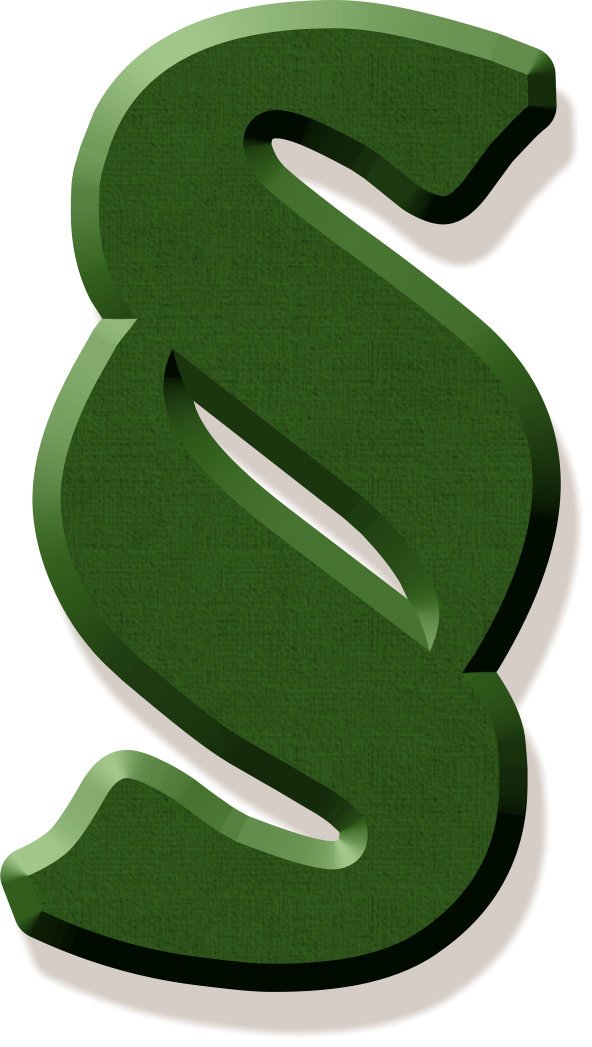

THE USPTO is updating some of its guidelines in lieu with last week's Supreme Court decisions. We'll cover that separately later. Some patent lawyers hope that guidelines will also be changed in lieu with last month's (or February's) CAFC decision/s. The thing about such a change, however, is often overlooked by the patent microcosm; it is actually not final.
The second part of the patent-eligibility test of Alice Corp. v. CLS Bank Int'l involves an inquiry into whether certain elements of a claim directed to an unpatentable judicial exception are "well-understood, routine, and conventional." If this is the case, the claim fails to meet the requirements of 35 U.S.C. ۤ 101. If not, the claim clears the ۤ 101 hurdle. Since Alice, this determination has been largely treated as a matter of law.
The court granted plaintiff's motion for summary judgment that the asserted claims of its dietary supplement patent did not encompass unpatentable subject matter and found that the claims were not directed toward a natural phenomena.
The court granted defendants' motion for summary judgment to limit plaintiff's damages for failing to mark its surgical products through its licensee's surgical guides.
The court granted defendants' motion for summary judgment of noninfringement of plaintiffs' vacuum cleaner design patents and rejected plaintiffs' argument that the ordinary observer test may be satisfied with a "quick glance" to determine "the same basic shape."
In November last year, the EPO updated the Guidelines for Examination in relation to presentations of information, which includes Graphical User Interfaces (GUIs) (see sections G-II, 3.7 and 3.7.1). This provides a useful consolidation of their current approach to such inventions.
As will be familiar to users of the EPO, when assessing patentability of patent applications in this area, the claimed subject-matter is considered as a whole to determine if it has technical character and is thus not excluded from patentability. Only once this test is passed is the application examined in respect of the other requirements of patentability, in particular novelty and inventive step. However, only those features which, in the context of the invention, contribute to producing a technical effect serving a technical purpose can be used to support inventive step.
The new Guidelines confirm that a presentation of information that credibly (i.e. objectively, reliably and causally) assists the user in performing a technical task by means of a continued and/or guided human-machine interaction process may be seen as having a technical effect.
I was a guest last night on Punching Left, with hosts Clifton Knox and David German, discussing argumentation ethics, estoppel, covenant communities, the non-aggression principle, physical removal, Hoppe, Propertarianism, Curt Doolittle, Austin Peterson, and so on.
In EVE-USA v. Mentor Graphics, petitioner raises two important questions of patent law involving assignor-estoppel and damage apportionment respectively. Here, EVE-USA was founded by former Mentor employee-inventors.
On March 30th, Japanese gaming firm Universal Entertainment Corporation (TYO:6425) filed a complaint alleging patent infringement and other claims against Las Vegas, NV-based entity Aruze Gaming America as well as Kazuo Okada, the founder of Universal Entertainment (UEC) and the sole shareholder and director of Aruze Gaming. The suit, filed in the District of Nevada, alleges that Okada directed patent infringing activities of Aruze while he was also an officer with UEC.
[...]
This infringement was allegedly made possible by defendant Okada’s usurpation of corporate opportunities, according to UEC’s complaint. After founding UEC in 1972, Okada served as its Representative Director (Japanese law equivalent to Chief Executive Officer) through September 2004. Between January 2006 and June 2017, Okada served UEC as Chairman of its Board of Directors. In the two years between June 2008 and June 2010, UEC underwent a corporate restructuring that wound up with Okada being placed in charge of UEC’s foreign businesses, including those in the U.S.